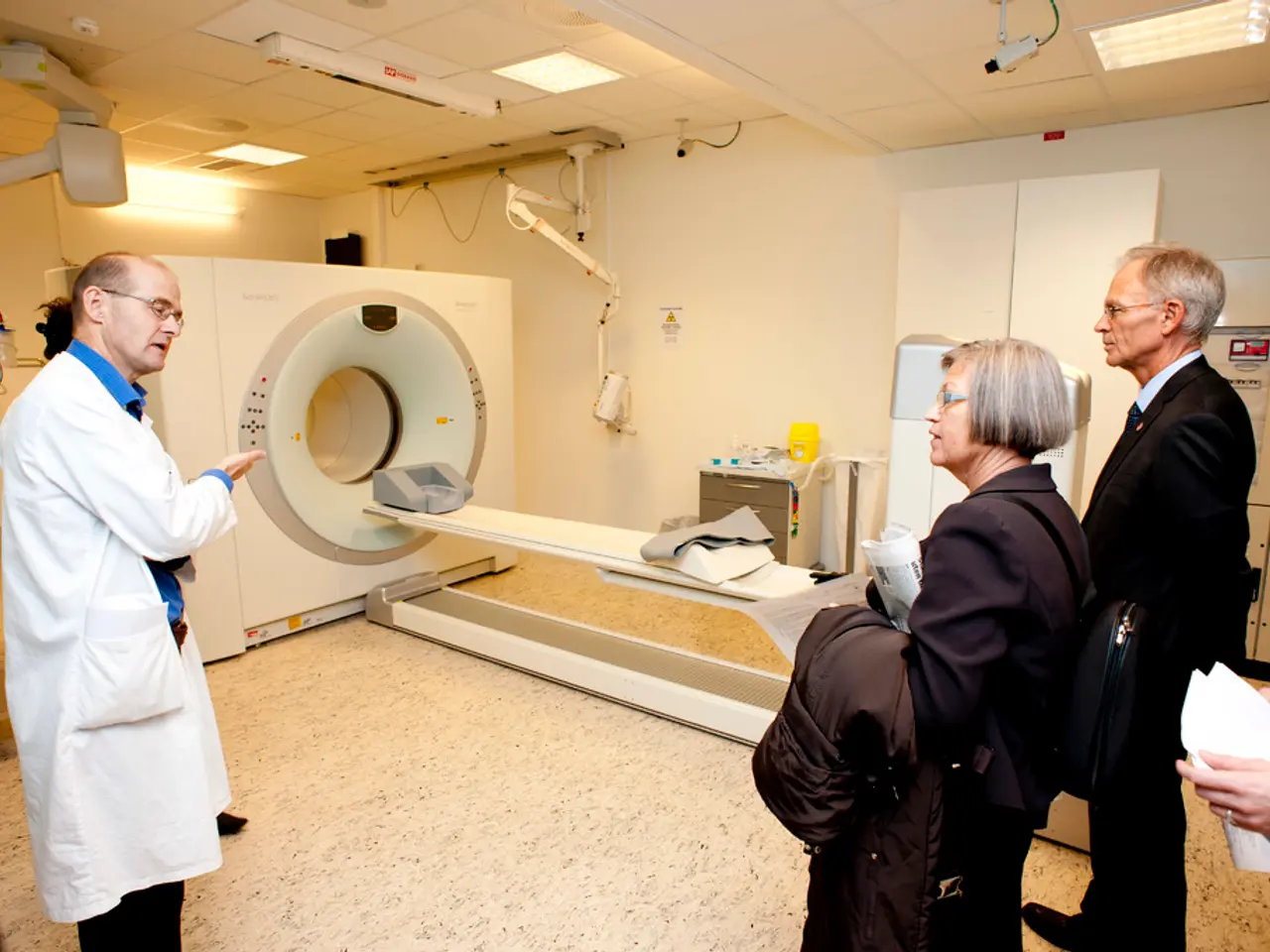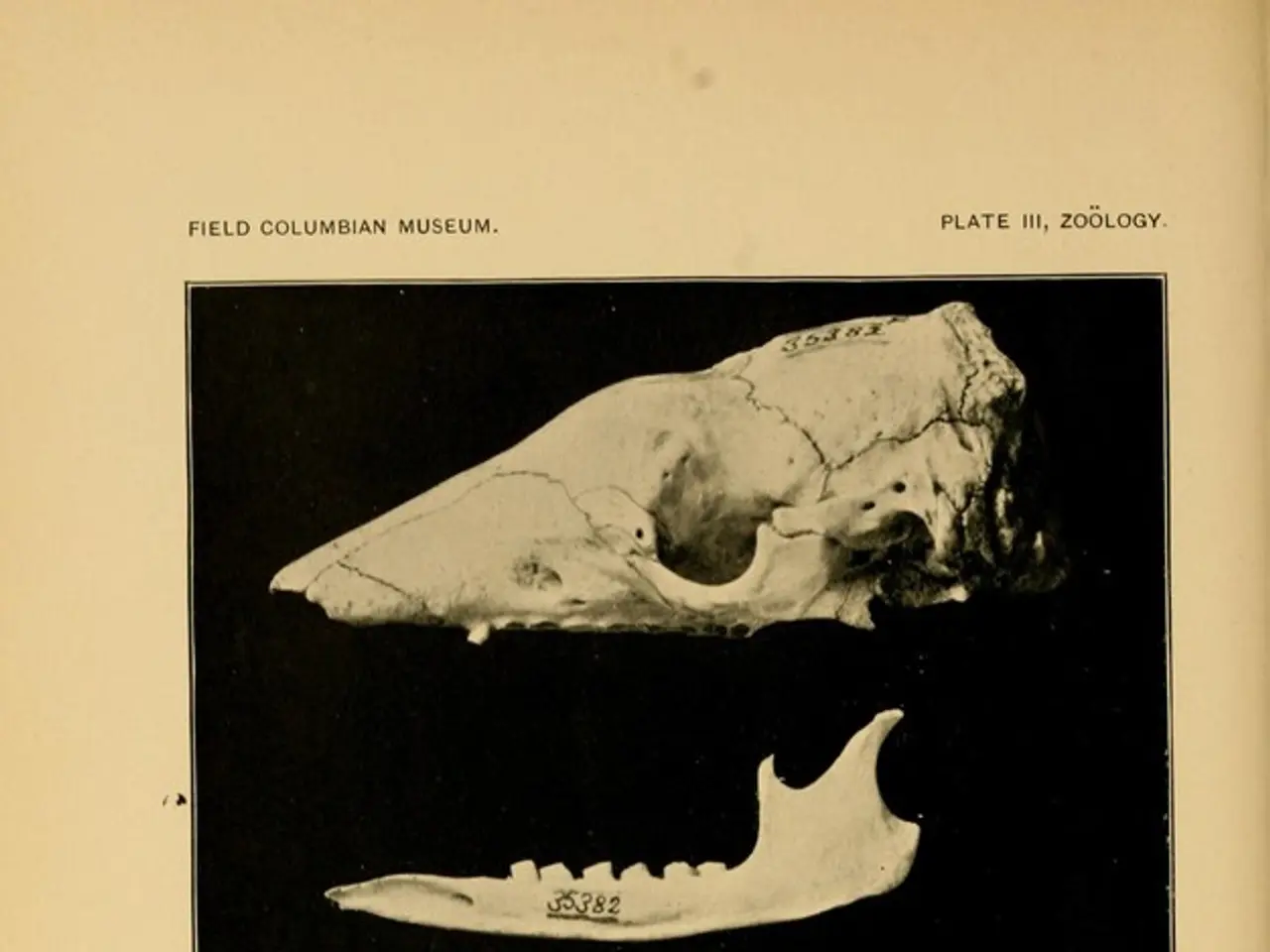Delving into Medical Transcription: Essential Information and Function
In the world of healthcare, maintaining precision and efficiency is paramount. This is especially true when it comes to medical transcription, a vital process that bridges the gap between oral communication and written records.
Medical transcriptionists, armed with strong listening and typing skills, convert voice-recorded medical reports into text format, as dictated by doctors and other healthcare providers. Maintaining patient confidentiality is a primary concern, with transcriptionists adhering to strict privacy laws like HIPAA.
Traditionally, transcriptionists would use specialized software and headphones to transcribe the audio, adjusting speed and clarity as needed. However, the landscape of medical transcription is evolving, with the integration of AI-driven tools becoming increasingly prevalent.
These technologies focus on AI-driven tools that incorporate advanced automatic speech recognition (ASR), natural language processing (NLP), and large language models (LLMs). These technologies are integrated with electronic health record (EHR) systems for seamless, real-time updates, drastically reducing administrative burdens on clinicians while maintaining compliance with data privacy regulations.
AI transcription rapidly converts doctors’ audio notes or patient interviews into text, enabling faster turnaround times essential in urgent care settings like emergency departments. Natural language processing (NLP) advances allow AI to better understand medical jargon, clinical context, and semantic relationships between symptoms and treatments, which improves transcription accuracy beyond simple keyword recognition.
Real-time AI medical scribes utilize edge-streaming LLMs and ambient microphones to produce EMR-ready notes during or immediately after patient encounters, reducing post-visit editing time by around 30% and accelerating note completion by up to 50%. Specialty-specific AI scribing tailors transcription models to various medical disciplines (e.g., cardiology, pediatrics), capturing nuanced details respective to each field and minimizing physician corrections.
Telehealth integration is increasingly important, with AI scribes adapting to capture and document virtual consultations accurately, maintaining complete patient records across in-person and remote visits. Ambient listening technology supports passive, hands-free transcription that does not require manual activation, promoting a natural workflow in clinical settings.
Despite progress, human oversight remains critical to ensure quality control, especially in complex cases with challenging accents, uncommon medical terms, or ambiguous contexts where AI may err. Robust compliance with privacy standards (e.g., HIPAA, EU AI Act) ensures secure handling of sensitive patient data during AI transcription processing, particularly when leveraging cloud environments.
The medical transcription process begins with recording a healthcare provider's dictation, often after patient visits or procedures. The transcription then undergoes a verification process that includes proofreading and reviewing to ensure accuracy. Quality control measures, like routine audits of transcribed documents, help maintain high standards of accuracy.
Networking with peers and participating in professional associations provides valuable resources and support to transcriptionists. Continuous education and training are essential for transcriptionists to stay current with medical terminology and changes in healthcare documentation requirements.
In summary, best practices involve a hybrid model where AI technologies conduct most routine transcription and documentation tasks efficiently and accurately, while trained human transcriptionists provide critical review and correction. Continuous improvement in NLP, real-time processing, specialty adaptation, and telehealth compatibility are key technological trends shaping the evolving landscape of medical transcription in 2025.
- In the medical transcription landscape of the future, the integration of AI-driven tools will continue to grow, with these tools utilizing advanced automatic speech recognition (ASR), natural language processing (NLP), and large language models (LLMs) as key components to convert doctors’ audio notes into text efficiently.
- To maintain accuracy and compliance with health and wellness requirements, the use of AI transcription in conjunction with human oversight and verification processes is essential, ensuring that medical-conditions documentation remains precise and adheres to strict privacy standards like HIPAA.




